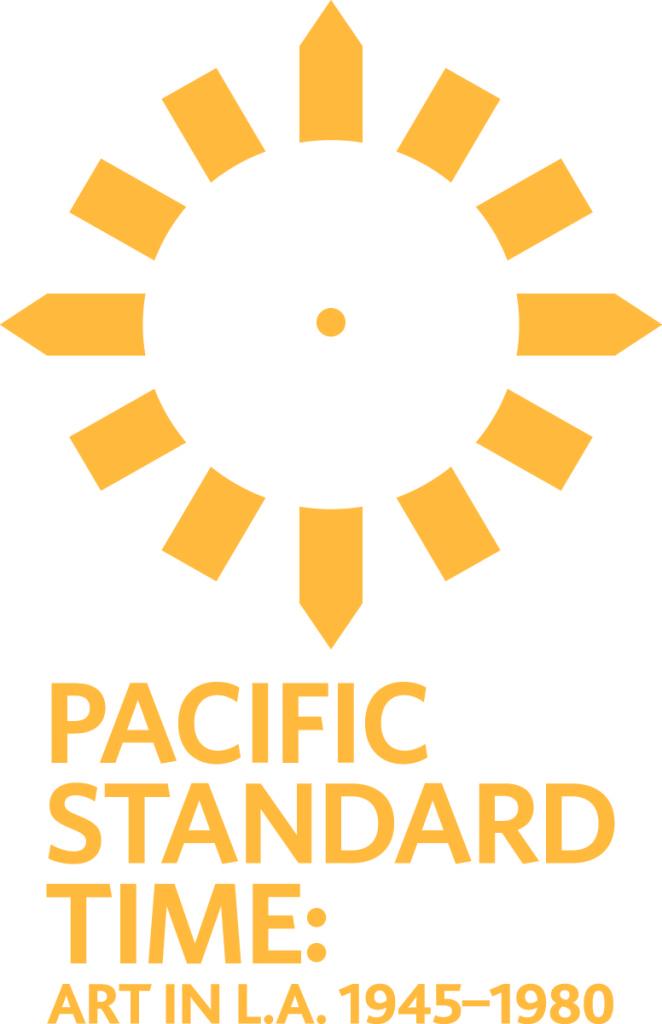
November 12, 2011–March 31, 2012
The American Museum of Ceramic Art presents Common Ground: Ceramics in Southern California 1945–1975, an examination of both the cohesiveness and the diversification found within the Los Angeles-area post-World War II clay community. More than 300 ceramic objects created or designed by 53 artists working in studios, classrooms, or industrial environments illustrate the tremendous growth and experimentation in ceramics at this specific time. In isolating these mid-century changes, it is understandable that some works are not representative of the best or most mature work of the artist. Instead, works were chosen to speak to the social, philosophical, and economic factors that affected ceramic design, styles, instruction, and trends.
Because of the huge number of Los Angeles area ceramic artists that might have been included in Common Ground, selection was guided by an arbitrary decision to highlight those who had a direct connection to artist, art administrator, and designer Millard Sheets (1907-1989). His dynamic personality, inspirational teaching, and business savvy brought recognition to a large group of artists and craftsmen, including many ceramists. Locally, Sheets’s influences filtered through Scripps College, the Los Angeles Art Institute (Otis), the Los Angeles County Fair, Padua Hills Art Colony, Interpace Ceramics Corporation (formerly Gladding, McBean & Company), and his own design studio. Although not the prime focus of the project, Sheets is the common denominator – “the glue” – among the cast of characters.
The concept of “good design” as advocated by Sheets greatly affected both the use of domestic ceramic arts to accessorize modern homes of the 1950s and the use of tile or mosaic murals for architecture. Whether supportive or oppositional, his opinion acted as a catalyst in forming ceramic practices and theories in southern California and beyond.
Common Ground is part of:


Comments are closed.